How soon is it to ask art directors to give me work after we’ve met?
Don’t expect to get work on your first meeting and don’t ask them either. Developing a working relationship with art directors happens over time, like any relationship it’s about cultivating trust between two people. An example I like to use is from a lecture by SooJin Buzelli SVP, Creative Director at Strategic Insight. Using an industry party where illustrators and art directors meet is a good example. As a disclaimer, this isn’t exactly what SooJin said, but I incorporated my own experiences and came up with my own version.
(1) The first time you meet an art director is the INTRODUCTION; always carry a business card or small promo that fits into your pocket (nothing too big). WARNING: the art director might not remember you once you walk away – it’s a party, there are a lot of people.
(2) The 2nd meeting is a REMINDER of who you are,
“Hi Art Director, we met at the last SPD party, I wanted to say hello. Can I give you my newest promo?”
Keep it cute. Short and sweet.
(3) The 3rd meeting is when the art director might remember you.
(4) The 4th or 5th meetings are the CLOSERS – when you’re finally in their minds i.e. if a project comes up then they might even consider you for the job.
This isn’t absolute and is probably too sterile, but it gives a sense that work doesn’t come immediately. You’re building relationships with art directors (which takes time and it might feel like dating too! Trust your social instincts and pay attention to social cues) Art directors don’t hire you because they only LIKE YOUR WORK, they hire you because they LIKE and REMEMBER YOU. Don’t feel shy about giving them your business card. Everyone at these parties know this is what happens – people network and exchange contact information. But, don’t monopolize their time and give room for them (and you) to exit the conversation instead of making things feel uncomfortable (unless you are both having a good time). Art directors want to enjoy the party too and meet other people.
One final thought: unless they ask, please don’t pull out your phone and show them your website at the party.
I have a few illustration styles… what do I do?
I was told by some of my professors that having more than one style can confuse art directors. But I don’t agree with this anymore. I’m a believer in how you “present” your artwork. If you have a couple of styles, or if you like both illustration and graphic design and don’t incorporate them both into your pictures, for example like Matt Dorfman, or Martin Gee then I think it’s okay to present both of them on your website, as long as you categorize them clearly. I also believe in having pen names or monikers, creating artistic personas that work in a different style than what you do. C’mon, “the struggle is real and the hustle is deep.” We need to pay the bills. I’m a big fan of making money, probably because I grew up in a family that didn’t have much. From when I was 16 years old it was only my mom who was working and made less than $32,000 per year taking care of a family of five.
When speaking about “styles” one thing that I do recommend is to step back from your portfolio. As illustrators we have both the “artist” and “critic” in our heads, so bring the critic forward and ask them if they can describe your portfolio in 3 to 5 words (I got this tip from my bff Yuko Shimizu). This is a good way to help you know how others view your work. When art directors choose to work with you it’s because you fit a specific type of project they have in mind. Distilling your work into a few adjectives is helpful. For example, some words to describe my work are: colourful, graphic, commercial, clean, soft lines, narratives, figures, feminine (I hate to place gender on my work but it’s true, I do a lot of work for many female YA clients, and women’s health and beauty clients). If the words that come up don’t MATCH the kind of work that you WANT to make, then you may want to reconsider the work that you’re making. We’ve chosen illustration because it’s our calling; we love to draw, paint and to tell stories through our pictures; it’s a lifelong commitment so it’s important to have an illustration practice that brings you joy.
As a freelance illustrator do I have to live in New York City?
Choosing the city you want to live and work in isn’t easy. Find the community you want to support and who will support you, and you’ll find the city.
Find the people and you’ll find the city.
New York City makes sense for the career I want, but there are other cities too. Consider the creative communities in the city you live in. I chose NYC because living here was a dream of mine. Not everything is about work, I chose a city that socially nourishes me and supports and challenges my illustration practice. The challenge part is crucial because discomfort is the space where your work evolves and becomes meaningful.
You can work anywhere in the world as a freelance illustrator and it’s necessary to go to the place that’s the heart of your creative community especially when your career is forming: to network, learn and share alongside those who are making work at a high level. After that, where you live doesn’t matter but continue to connect with your community in-real-life for social events and online because nobody likes “takers.” Genuine relationships between individuals help cultivate trust which will help you get work (as a disclaimer, having the tightest relationships with clients won’t help you if your work is sub-standard. If you’re fun and kind, but are unprofessional and have a bad work ethic, then all the networking in the world won’t get you a sustainable level of work. You must evaluate the quality of your work and know that you can work at an equal level alongside your peers before blaming clients for not hiring you.
Be brutally honest with yourself, and if you can’t do this, then ask friends whose opinions you trust (whose work is at a high level) to critique your portfolio. I have a very small group of friends whose opinions I trust, who I know are critiquing my work for my benefit not because they want to make me feel good. Even if the comments are negative, they care about me and my success as I do about theirs. Find that community and grow with them. We can’t do this alone.
Find the people and you’ll find the city.
About 20 years ago, while still a student in art college, I booked a meeting with the iconic designer Steven Heller when he worked at The New York Times. He suggested that I visit NYC at least twice a year for business (to meet and connect with people in my industry). During that time I didn’t understand what he meant, but now I do. These trips wouldn’t guarantee work, but they would make me and my work more visible to other artists, art directors, and designers who worked at a high level. Also, NYC represented a place where individuals weren’t afraid to take big creative risks. Being a hungry young illustrator surrounded by others who had a similar kind of hunger, and whose work was at a much higher level than mine was incredibly important because it made me strive to do better. When I was a young illustrator, it never crossed my mind how important socializing would be in our industry. I thought that if you were talented then that’s all that mattered. I was wrong, we all need some help — none of us do it alone.
Two years before moving to NYC, I probably visited about six times. I was fortunate to have made enough money to allow me to do so, and to live in a country that allows me to freely travel, something that doesn’t exist in every part of the world. During my visits I met the people who I’d sent my promos to because I believed that meeting me would help to reinforce the connection they had with my work. I did this over and over again. I went to almost every illustration party that I could afford to go to, and I always brought new promos with me and 3 portfolios; 2 of them to drop off with clients and 1 for in-person meetings. The writer and marketer, Seth Godin believes we’re living in a “connection economy” now. Gone is the industrial era, a time when production was standardized — technology’s changed all that, people are connecting and exchanging ideas immediately (think email, WeChat, Instagram, Facebook, Twitter, and even Scruff….WOOF!)
“Help! I know networking in Illustration is important, but I’m shy!”
I avoided speaking with art directors when I was starting out because they made me nervous. However, I knew that communication was important in our industry so I forced myself to talk with them. During that time, I also worked in retail because it forced me to talk with strangers, which ultimately helped me to become less shy in social situations. We don’t only communicate with our illustrations, but nowadays we email, talk in person, on and through social media, at trade shows, industry events and conventions. These parts of our profession should be seriously considered when you’re freelancing.
Making illustrations and keeping your portfolio up-to-date are important, and so is “how you communicate your art through your business.” How do you speak to others about your work? How do you organize and present your work online? Is your website user friendly? How aware are you of new technology? Overall how much effort do you put into evolving the business part of your illustration practice?
My suggestion is to go to the spaces that celebrate what we do, but don’t do it alone, go with friends! In NY, there are so many events in our industry: ones hosted by American Illustration, Society of Illustrators, Society of Publication Designers (SPD), Comic Con, Flame Con, Rupaul’s Drag Con, Bushwig, Comic Arts Brooklyn (CAB), NY Art Book Fair at MOMA PS1, figure drawing nights at so many venues throughout NY, and the list goes on.
What’s in your city?
When I was starting out, I mainly hovered around the drink and food tables at these events, but eventually I met people with whom I became friends, and still are to this day. It’s about “showing up,” not only once or twice, but over and over again. People eventually will come to expect that you’ll be there, and this familiarity can be a good way to break the ice – even if it’s a simple question like,
“Hi, I’ve seen you here before. Are you an illustrator, or art director?”
Becoming more comfortable speaking with art directors happens over time and takes a lot practice. The more you do it, the less scary it’ll feel.
How did you develop your Illustration style?
My style developed over a long period of time. My first portfolio consisted of acrylic paintings, but I switched to using the computer to draw with because I felt like I was too influenced by my teachers’ work and other illustrators’ whose work I liked. I was copying them and trying too much to be like them stylistically. Also, their work was “conceptual” and I wasn’t comfortable making this kind of work. When I tried, it felt too forced and disingenuous. So, when I got my first computer I played around with it, and found a way to draw that felt natural.
I’ve always loved cartoons, comics, manga, anime, pop culture and fashion and so I tapped into these things I loved and allowed them to come through me. Adobe Illustrator gave me the line quality that I couldn’t do by hand as well as flat, graphic applications of colour.
The subject matter of my illustrations were bright, stylish and narrative pieces that described the kinds of drawings I wanted to make at the time; they were reflections of who I was as a gay twenty something year old who loved clubbing and the Toronto night life. This was when I first realized that I “had” a style. It didn’t feel forced. In other words, my style found me.
Over the years I continued working this way, by allowing my personality, the things that I love, and even the parts of myself that I felt ashamed and uncomfortable about to show through my work.


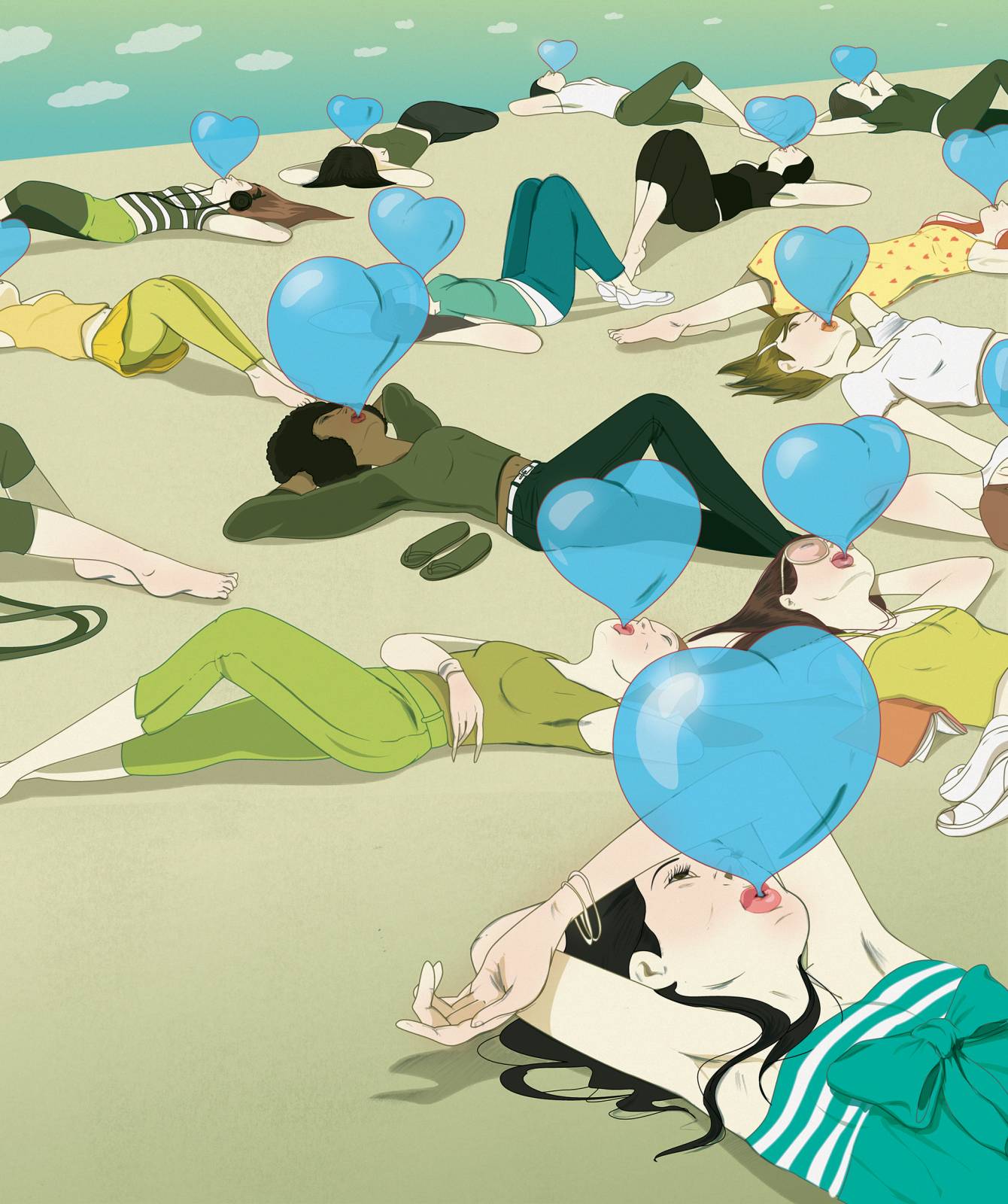
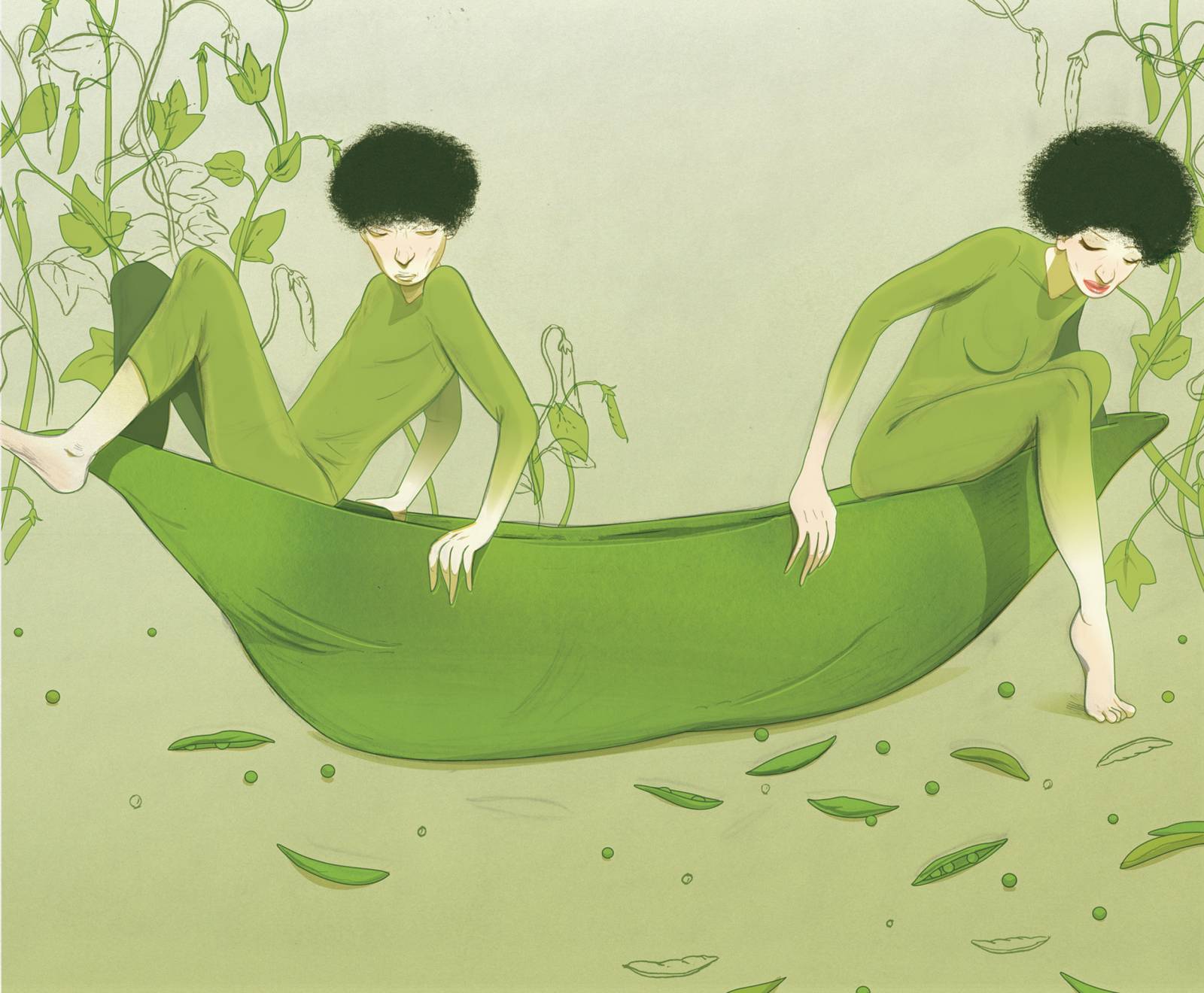
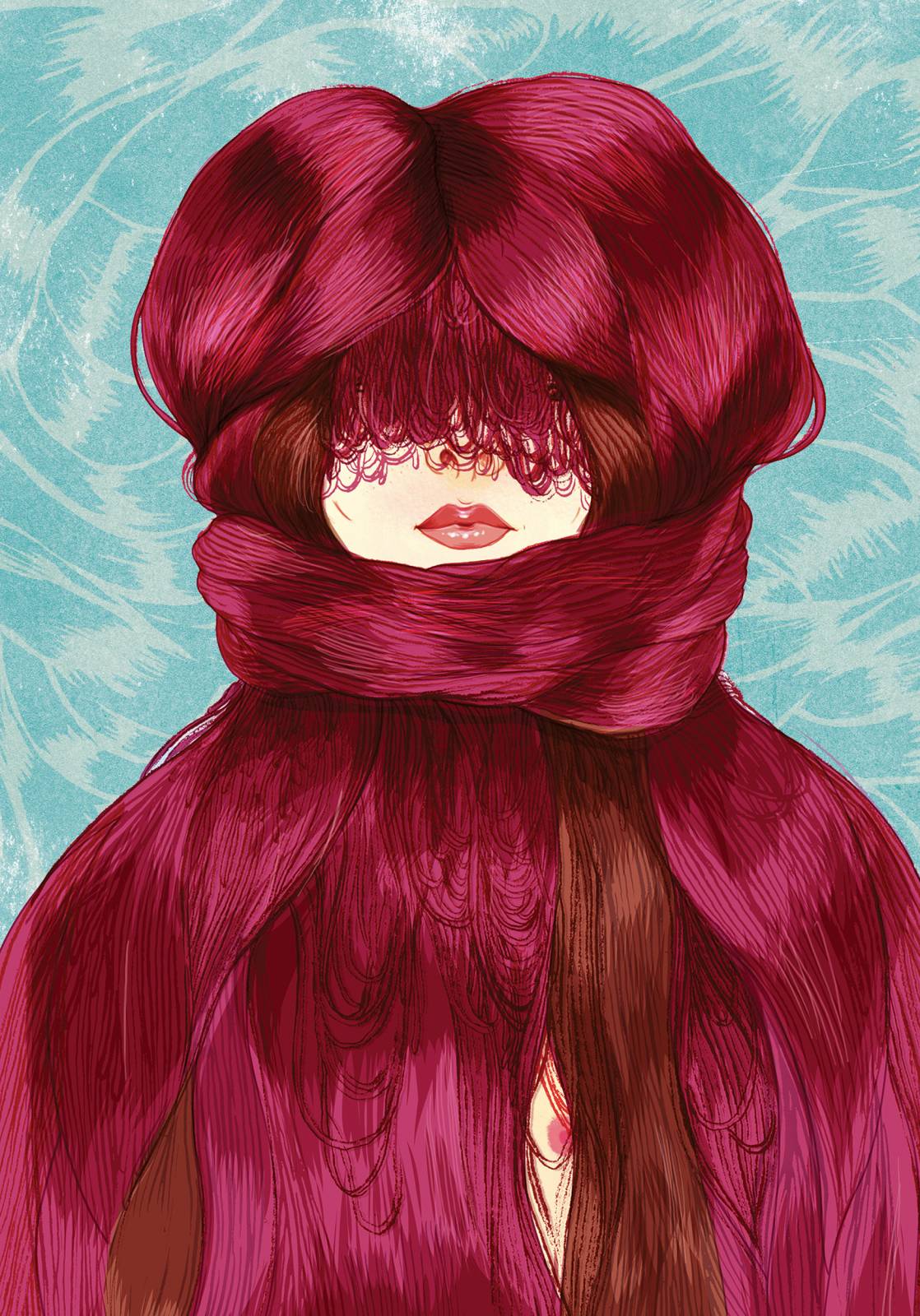
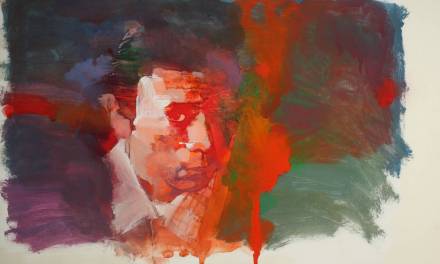
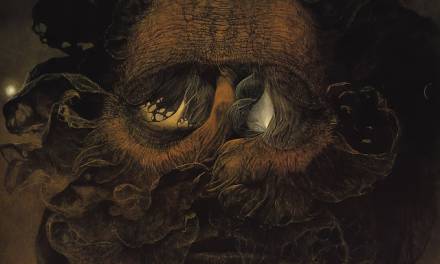
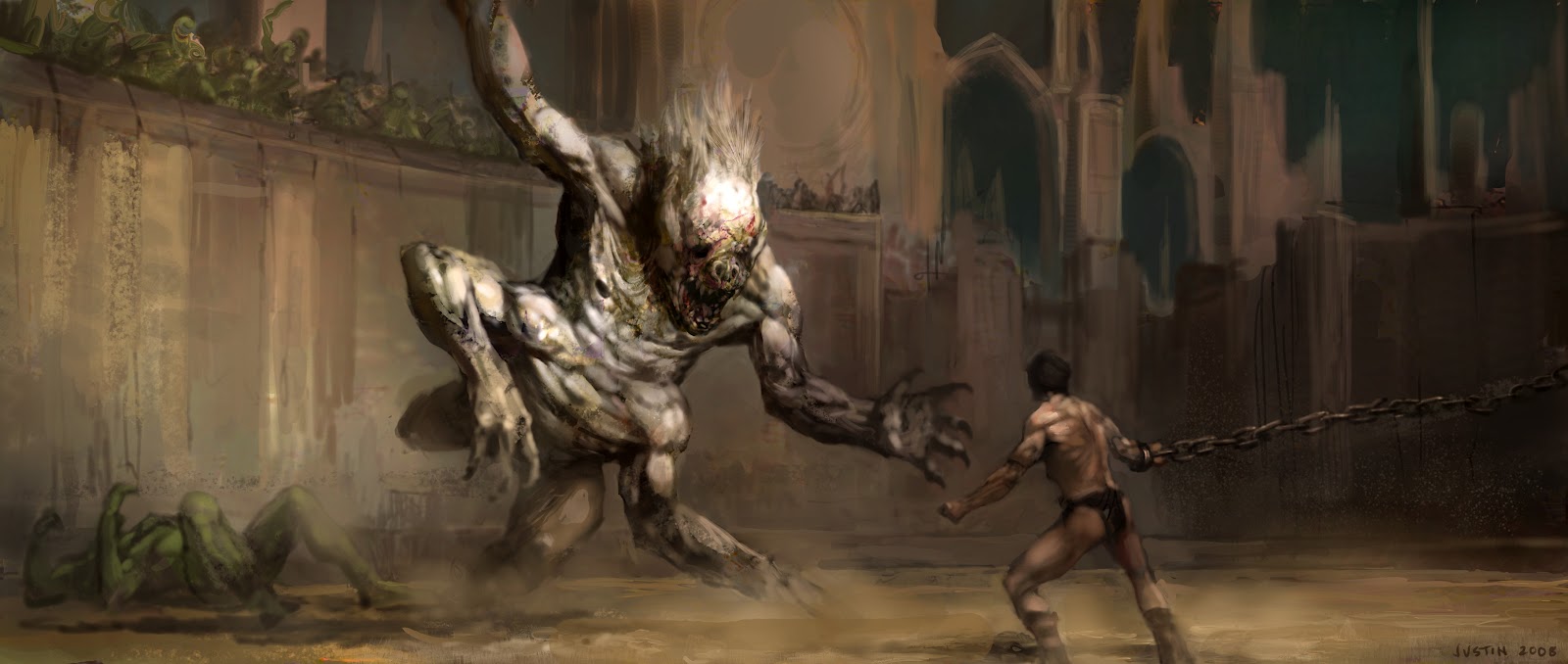
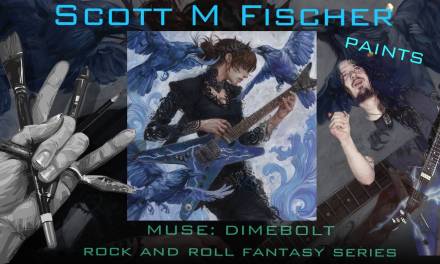

This was a really interesting read Marcus, thank you!
*Apologies- Marcos not Marcus.
Thank you Marcos! Sharing this with our students at CCA. It’s great to get honest advice from a pro!